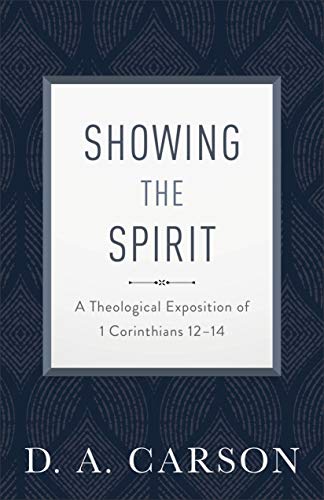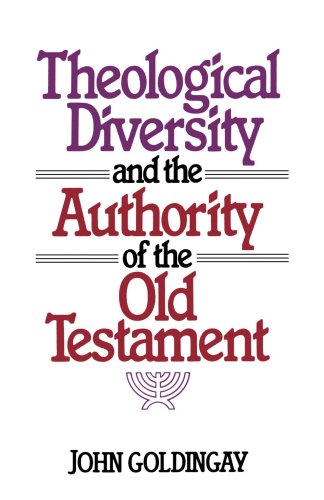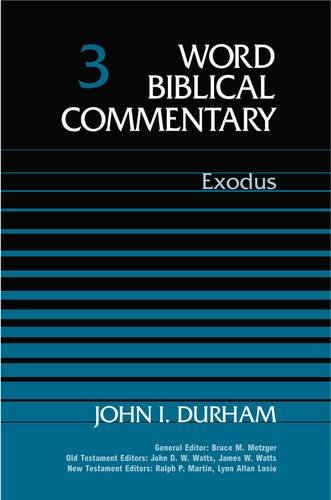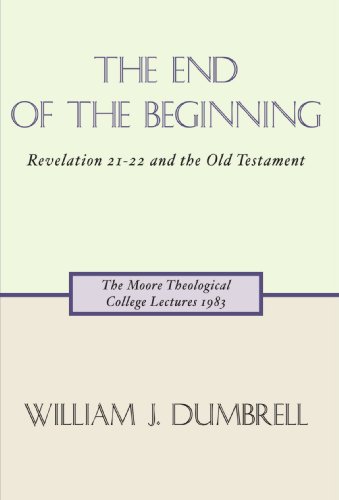Showing the Spirit. A Theological Exposition of 1 Corinthians 12–14
Written by D. A. Carson Reviewed By Paul GardnerThis book is another of Dr Carson’s useful expositions of a small section of NT text. With such expositions already in print on Matthew 5–7, John 14–17, and 2 Corinthians 10–13, this book tackles another text of particular significance and relevance to the church today.
The discussion of these complex chapters combines a high level of scholarship with a good awareness of the modern pastoral issues involved. Students and ministers alike will be able to read the work since it is well written and clearly marked out into chapters and sections with titles. The footnotes are quite considerable and will introduce the student to the more detailed work of other scholars.
The first four chapters of the book simply follow the exegesis of the text. A final chapter (‘Unleashed Power and the Constraints of Discipline: Toward a Theology of Spiritual Gifts’) reflects, from a wider standpoint, on the theological issues concerning the gifts of the Spirit. Here Dr Carson looks at the ‘baptism of the Spirit’ in Acts and the place of tongues and miracles in that early church. He argues against seeing incidents such as the coming of the Spirit in Acts 8 in normative terms. He spends time reflecting on the nature of revelation as it appears in prophecy and here he argues that, when we think of such revelation, even in the modern church, we need not limit ourselves ‘to a form of authoritative revelation that threatens the finality of the canon.… Such prophecies must still be evaluated …’ (p. 163).
This approach to defining the ‘revelation’ received through gifts such as prophecy follows, with certain clearly expressed caveats, the views propounded by W. Grudem in his book The Gift Of Prophecy in 1 Corinthians (University Press of America, London, 1982). The reference to ‘perfection’ in 13:10 cannot then refer, as some more traditional scholars suggest, to the completion of the canon, but rather to some point in the future designated by Paul as ‘perfection’ (p. 70). After detailed exegetical discussion and considerable interaction with various interpretations of this passage, Carson concludes that the reference to ‘perfection’ and the cessation of gifts anticipates the parousia.
It is perhaps a great pity that G. D. Fee’s commentary on this epistle (Paternoster, Exeter, 1987) and this work by Carson must have been written around the same time, since neither interacts with the other. For example, the position adopted by Fee on 14:34–35 (where he doubts the authenticity of the verses) is not discussed by Carson in his otherwise very extensive discussion of the exegetical issues. Carson adopts the view that these verses are original and in their right place in the text. He interprets them along the lines suggested by Hurley (Man and Woman in Biblical Perspective, Leicester, IVP, 1981) and Grudem (mentioned above).
It is in the nature of these expositions of short sections that they cannot do justice to the setting of the chapters in the epistle as a whole. While Carson demonstrates some links with the earlier chapters of the epistle, there is no real attempt to explain why it is that the issues of chapters 12–14 arise at this point. He takes just over two pages to summarize ‘the story so far’ (pp. 15–17). The discussion about the link between these chapters and chapters 8–10 covers a total of about fifteen lines, although there are some references back to chapter 11 in his later exegetical work. This is a pity, as surely the discussion of ‘knowledge’ in chapter 8 is foundational to the more detailed discussion of the gifts in chapters 12–14.
This is not a book that can easily be read as a commentary might be. The reader cannot easily look up ‘Carson’s view’ on a particular verse. However, this is surely one of its strengths. The book shows the coherency of the argument of these chapters and the whole must be read if the arguments concerning individual verses are to carry their proper weight.
I warmly recommend this work to first- and second-year theology students and to ministers. It has already caused lively debate among my own students. Neither those from a traditional Warfield-type position, nor those in the charismatic camp, like the conclusions of several sections of the work, but all are challenged to think again about what is or is not a legitimate interpretation of three very complex and highly relevant chapters of this epistle.
Paul Gardner
Hartford






